How Facebook Reels Are Competing with TikTok & Instagram in 2025
Since its introduction in 2021, Facebook Reels has grown from just a new feature on Facebook to one of the largest ecosystems in the short-form video race. Ever since then, it has been challenging the likes of TikTok and Instagram Reels. Although it started as a way to keep users engaged, the narrative has changed over the past few years.
Facebook Reels now has grown into a feature that creators and brands are using to reach large audiences. The competition is no longer just about who offers short videos, but who gives creators the best tools, visibility, and monetisation opportunities.
At the moment, Facebook Reels are no longer behind the likes of TikTok or Instagram. They’re making out their own positions and Meta has been investing in features that’ll make Facebook Reel better for years to come. The battle is a long one and in this article, we’ll give insights on the significant growth of Facebook Reels and how it has been competing with Instagram and TikTok.
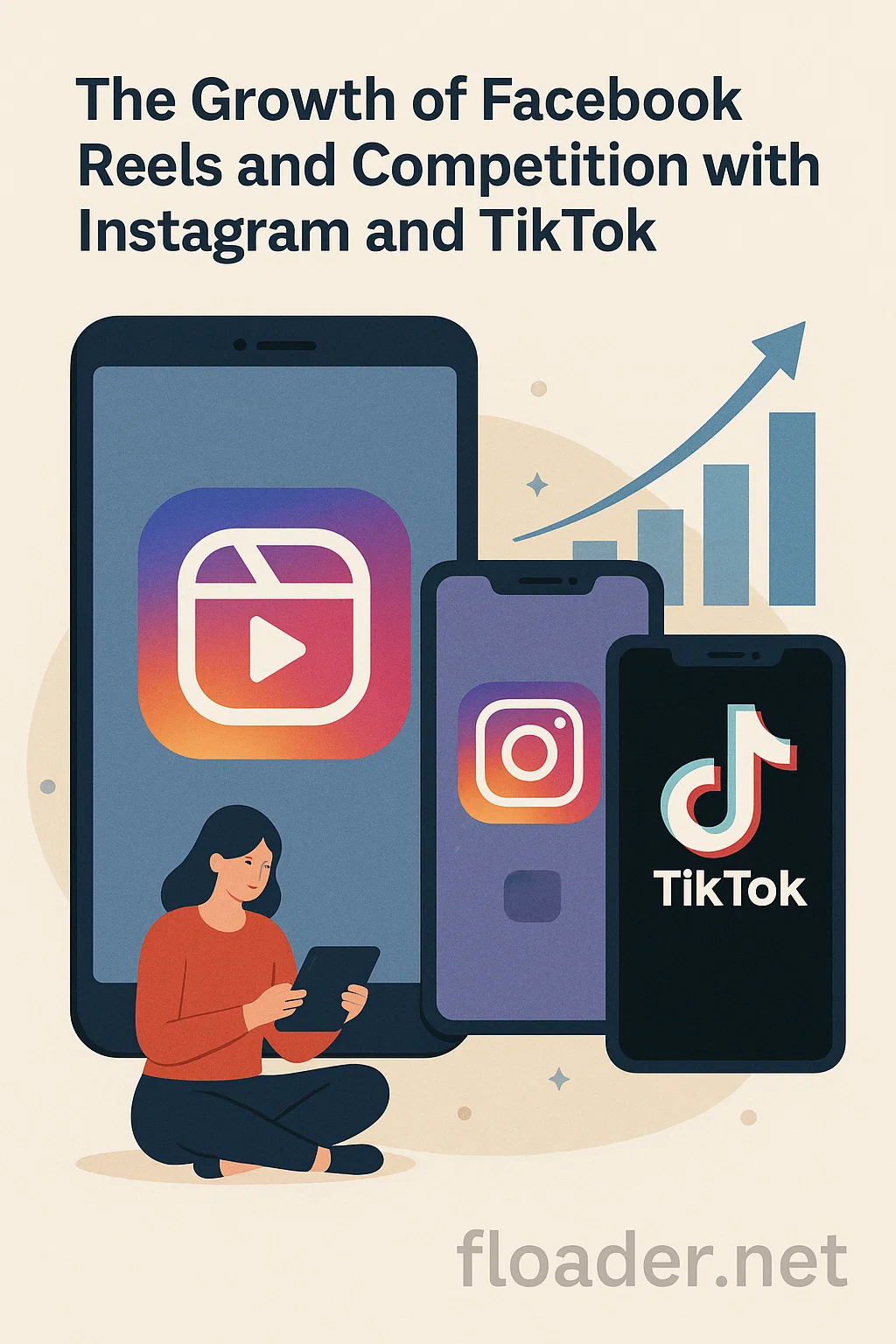
Why Facebook Entered the Reels Game
The decision to introduce Facebook Reels wasn’t just based on following trends. It was more of survival and since TikTok has been capturing younger (gen z) demographics that Facebook was steadily losing. Instagram Reels, according to Statista, has been proving that short-form video can drive an enormous number of engagements, showing how this content format quickly became a dominant force across social media platforms.
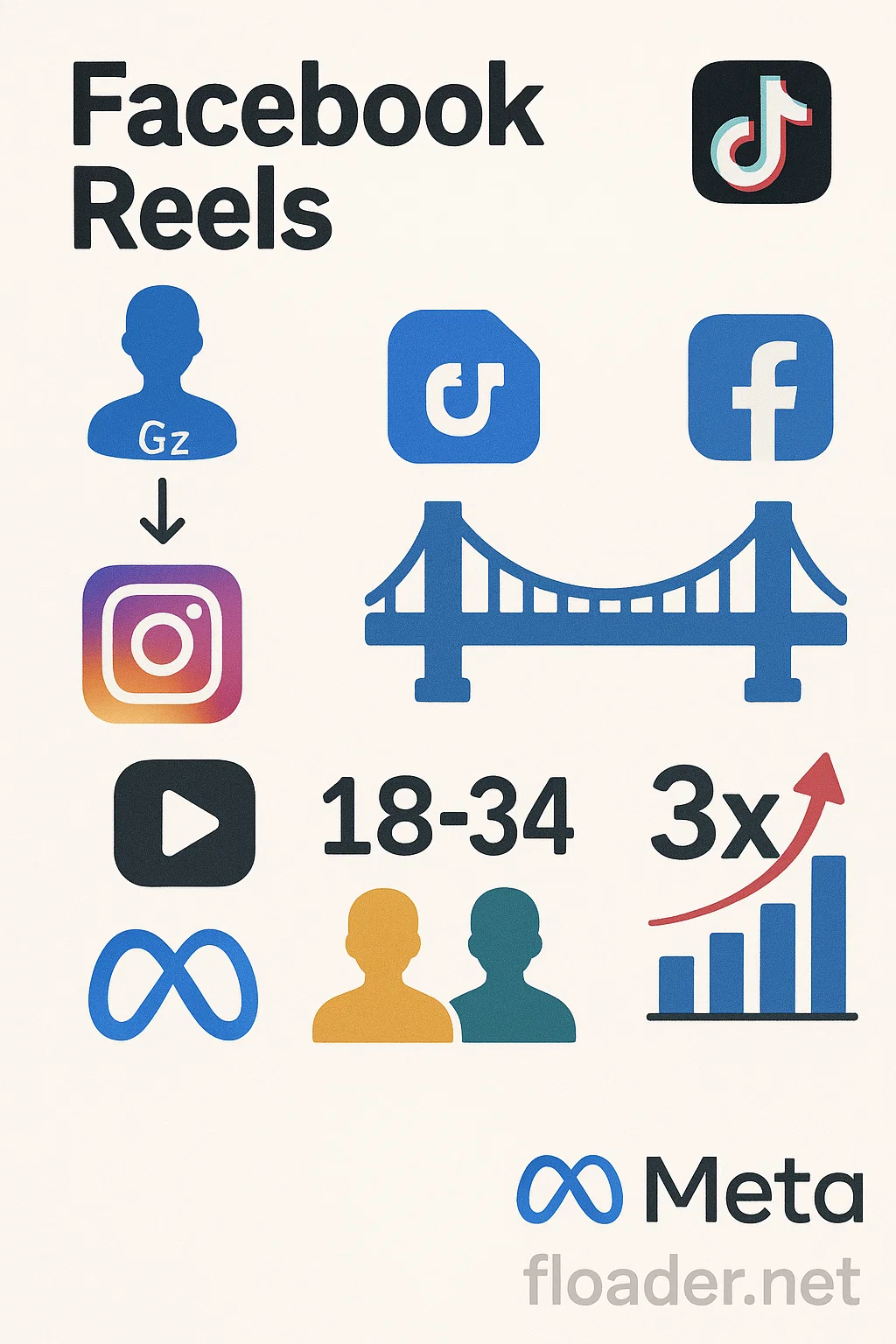
Facebook Reels became the bridge to retain existing users whilst attracting new ones, particularly the 18-34 age group that had been migrating to other platforms. The timing was perfect. By 2021, short-form video content has already been generating 3x times more engagement than other content across all platforms. Meta saw that without introducing short-form video to Facebook, they might seem to become irrelevant.
Key Features That Set Facebook Reels Apart
With an existing competition, a few features had to make Facebook Reels different from others.
Cross-Platform Integration
One of the biggest flexes of Facebook Reels is how it integrates smoothly with the existing Meta’s ecosystem. Created Reels can be published across Facebook, Instagram, and WhatsApp Status, maximising reach without additional effort.
Advanced Targeting Capabilities
Another standout feature Meta did consider for making sure Facebook Reels outperform Instagram and TikTok is having a sophisticated advertising infrastructure. This instantly gave Reels the edge in monetisation. Facebook’s detailed demographic and behavioural data allows for precise audience targeting that goes beyond TikTok's current capabilities.
Remix and Collaboration Tools
Also, Facebook Reels brought in a unique feature that makes collaboration easy. Users can remix content from connected Instagram accounts and create split-screen responses. It created a community where everyone feels encouraged to build content interaction between each other.
Music Licensing Advantages
In addition, music licensing agreements from Meta ensures Facebook Reel creators can have access to a huge library of commercial tracks. Adding songs to created Reels became easy without the fear of copyright infringements.
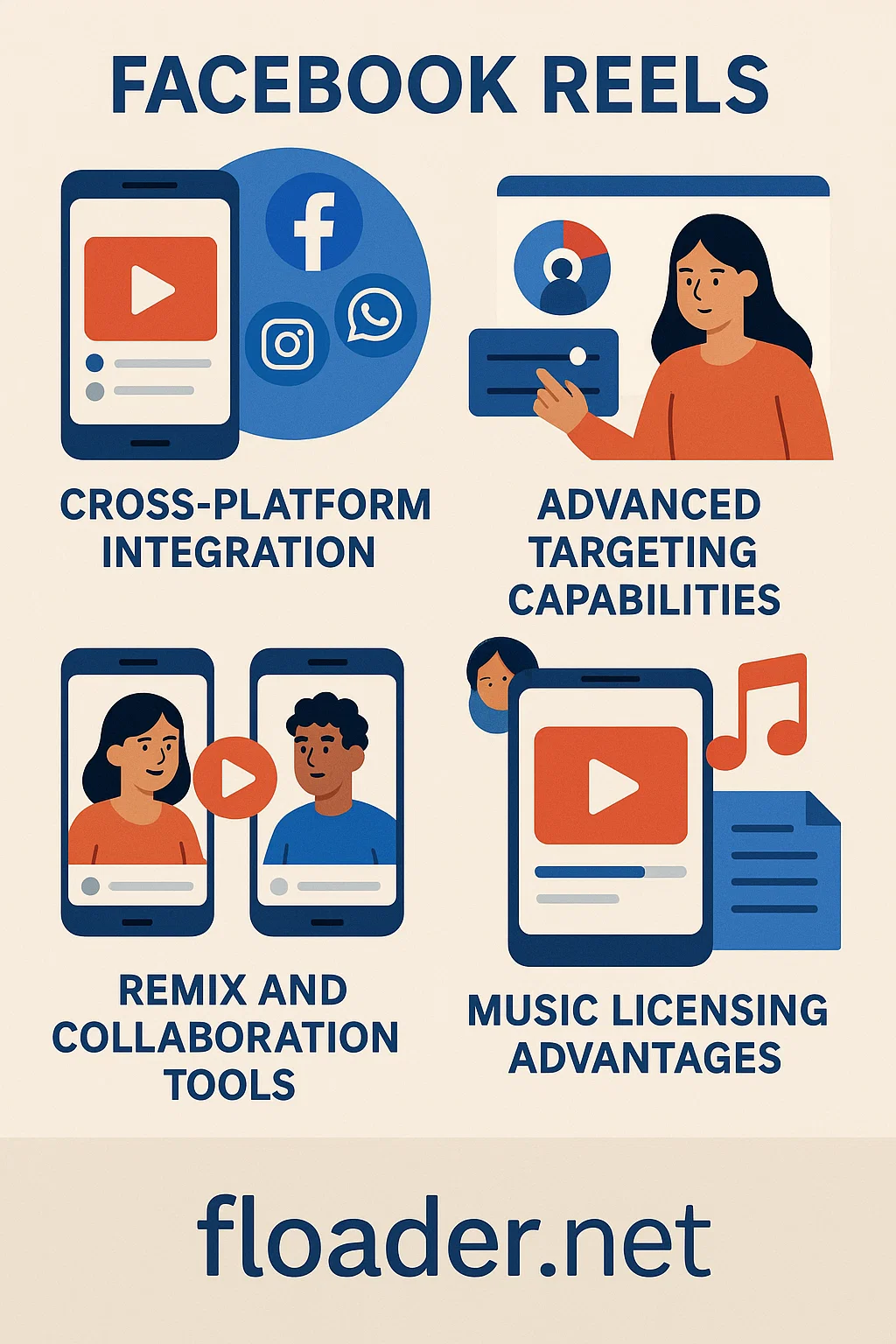
Algorithm Strategy: The Battle for Attention
Between TikTok and Instagram, Facebook Reels has been playing the algorithm game better and here’s why:
Relationship Signals
One of the biggest differences with Facebook Reels is that it still gives weight to personal connections. Unlike TikTok where content does get buried under viral clips, it’s quite different with Facebook. It stayed true to its actual focus as a social networking platform, ensuring everyone gets constant access to content that focuses on entertainment.
Community Engagements
The algorithm is designed to reward conversations rather than just empty clicks. A Reel that sparks comments, group discussions, or shares tends to spread further than one that only racks up likes or views. This focus on meaningful interaction makes Reels feel more connected to Facebook’s broader community-driven culture.
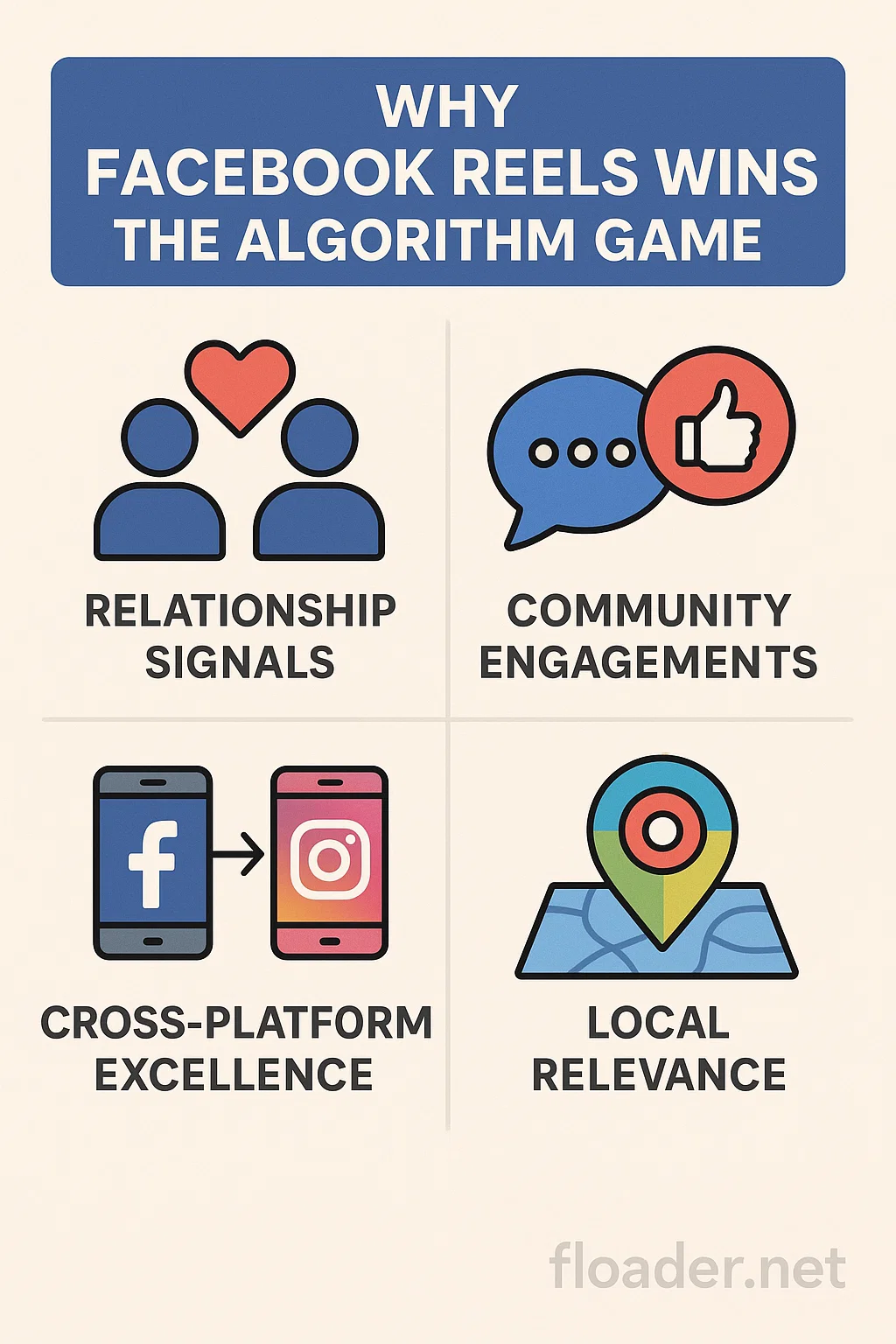
Cross-Platform Excellence
Another key strategy is how creators could benefit from linking Facebook to Instagram. The moment a video goes viral on Instagram and maintains that same viral visibility, then there are chances the same momentum will cause the video to perform incredibly better on Facebook.
Local Relevance
In terms of the use of location data, this brings Facebook to the table because its algorithm usually makes Reels appear based on what matters to that region and the specific type of user.
Creator Economy: Monetisation and Incentives
Being able to create a stable source of income for users has been one of the key battles between Facebook Reels, Instagram and TikTok.
Facebook Reels Bonus Programme
Facebook introduced an aggressive creator incentive programme for all qualified content creators. This invention offered direct payments for Reel performance. Meaning, you’ll get paid higher based on how much engagement our Reel has. It boosted an edge over TikTok’s Creator Fund that has been highly criticised for low payouts.
Brand Partnership Facilitation
In the brand partnership area, Facebook also stood out as the better choice for content creators. It’s a tool that has made creating sponsor content very easy on the platform. It’s easy to use and more developed than TikTok’s business tools.
E-commerce Integration
With a step further in the e-commerce business, Facebook ensures creators can directly tag products to their videos. Making it easier for potential customers to find products via Reels and also ensuring they don’t leave the app.
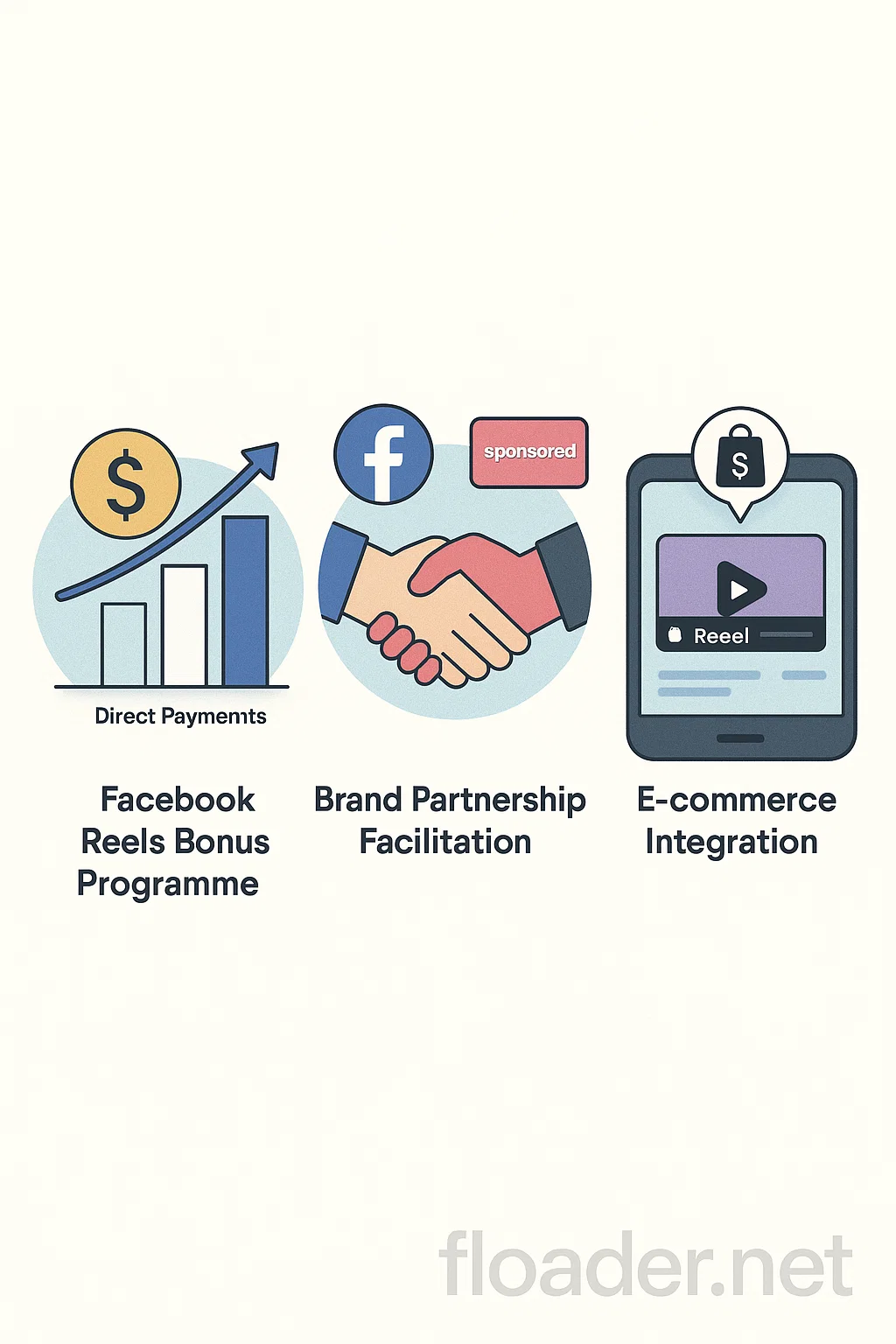
Content Format Evolution and User Behaviour
Facebook Reels has created a different unique content niche that includes:
Educational Content Dominance
Due to it being older and having a more diverse audience. Short videos like how-to content, DIY tips, comedy, social memes, movie content tend to perform well without doing much viral optimisation.
Local Business Showcasing
On Facebook, small and medium scale businesses are doing better with Reels in a way it can’t be compared to what TikTok is offering. Businesses can post a quick video and it’ll reach their desired audience in real-time.
Family-Friendly Content
While TikTok leverages on gen z crowds, Facebook Reels feels more family-oriented. Content that is suitable to all categories of users are available on Facebook. Making it feel like a space for everyone and not the younger generations.
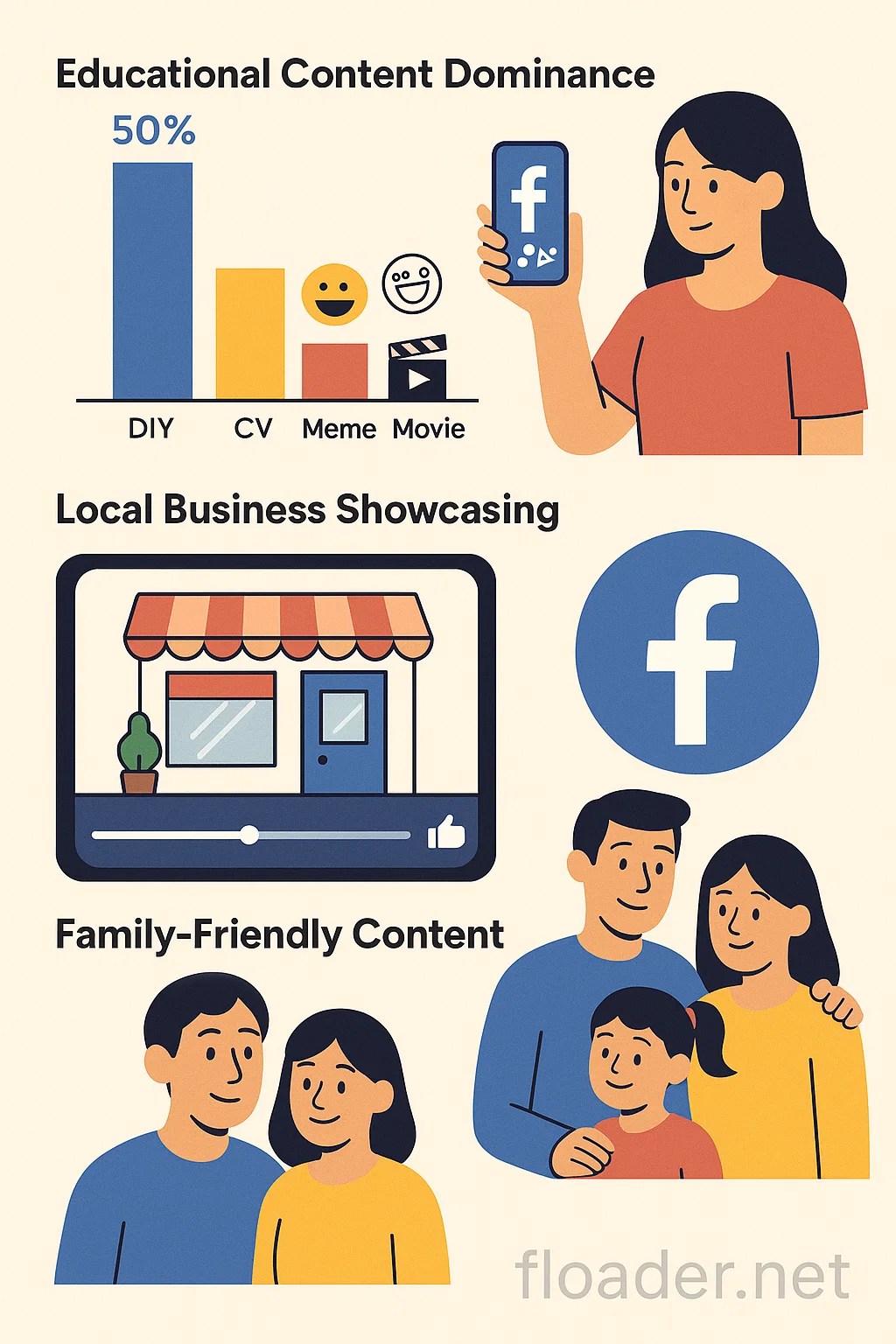
Facebook Reel’s Competitive Advantages Over TikTok
TikTok has been winning the gen z audience battle but still, there’s a lot Facebook Reels takes as an advantage over it.
Established User Base
Facebook has an existing user base which is quite massive. Over time, that has made it easy for created Reels to get an instant audience. Also, creators don’t have to worry about building an audience from scratch.
Superior Analytics
The real-time analytics from Facebook is quite superior and it offers a better performance insight compared to that of TikTok’s. This has been helping almost all creators understand their audience behaviour and also implement content strategy in a better way.
Data Security Positioning
With the ongoing concerns about TikTok's data practices, Facebook puts Reels in a position where it comes as a secure alternative. Making it appealing to business users and those concerned about data privacy.
Challenges in Competing with Instagram Reels
Both Instagram and Facebook Reels are all part of the Meta’s ecosystem. But the relationship between them does represent some challenges.
Audience Overlap
There’s a lot of confusion because most creators always find it difficult to decide their main focus point. Some question whether they should focus on Facebook Reels or just spend more time creating content on Instagram or even make it a split effort.
Feature Development
Another overlap is this and due to Instagram being the first to introduce a short-video feature in the Meta ecosystem, all Reels related features go to it. This often makes Facebook Reel feel like a secondary product.
Influencer Preference
Despite the increasing dominance of Facebook Reels, many high-profile creators still prioritise making Reels on Instagram over Facebook.
Facebook Reel Performance Metrics and Market Impact
Over the past few years, data has shown how Facebook Reel has been competitive in the following fields:
- Daily Views: already exceed 140 billion across Meta’s ecosystem — a trend that aligns with findings from the Pew Research Center showing how short-form video dominates media consumption among the 18–34 demographic.
- Creator Adoption: Data also show that over 20% of Facebook content creators regularly post Reels. Bringing a significant impact and a wide increase of Reel content across the platform.
- Engagement Rates: In competition with normal Facebook videos, Reels has been achieving over 70% increase in engagements.
- Time Spent: Data also reveals that an average user on Facebook spends roughly over 20 minutes daily watching Facebook Reels.
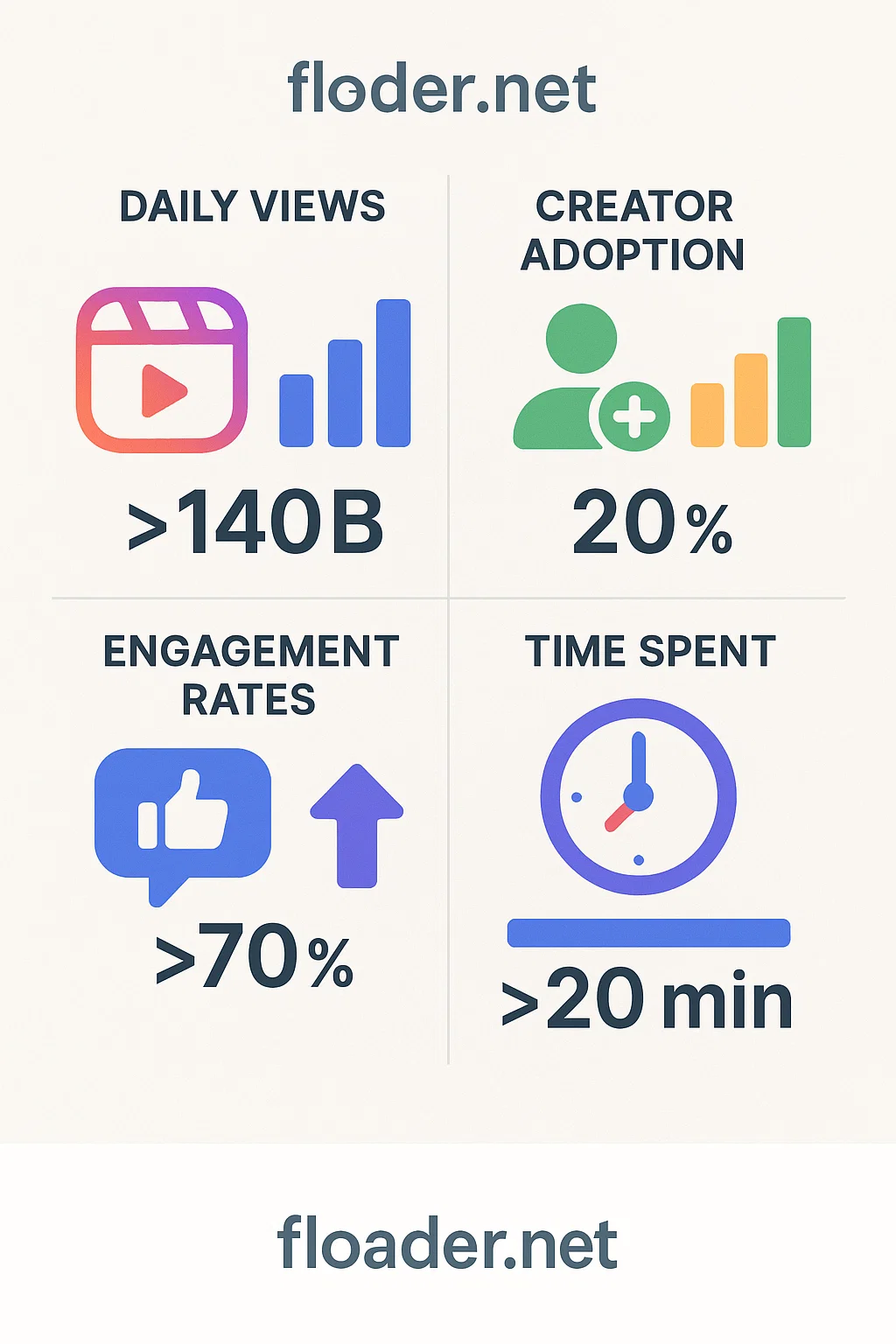
Future Outlook: The Evolving Competitive Landscape
With so many inventions coming in and more to come. The race between Facebook Reel, TikTok and Instagram isn’t slowing down anytime soon. Each platform has been pushing and investing more on:
AI and Content Creation
With Meta AI and other AI technologies coming in, Facebook has been investing heavily in AI-powered content creation tools that could give creators sophisticated editing capabilities directly within the platform. In years to come, it will outshine the current TikTok and Instagram editing offers.
VR and AR Integration
Meta has been focusing on making VR and AR a way for content experiences to be explored better. In the near future, it plans to position Facebook Reels as a gateway for users to immerse themselves in various content experiences. Offering something that both Instagram and TikTok can’t match.
Global Market Expansion
In countries where TikTok has been facing challenges like in the US. Facebook Reels benefits from established infrastructure and local partnerships. This has been making it capture market share by default.
Creator Programme Evolution
Monetisation options for creators continue to be expanded by Facebook. Now new ways for creators to earn from Facebook Reels include newsletter integration, live shopping events, and subscription-based content that could attract high-value creators from other platforms.
Strategic Implications for Marketers and Creators
Facebook Reels can be considered as a reliable alternative to Instagram and TikTok due to the following reasons:
Businesses targeting 25+ demographics
Facebook has been around for two decades now, making its user base a lot older than that of TikTok’s user base. Also, the long term existence has made it ideal for B2B content and mature consumer markets to thrive in.
Local and regional campaigns
The community features on Facebook make life easy for business. This tool on Facebook provided better targeting for geographically focused campaigns. Overlapping what both TikTok and Instagram offers in general.
Long-term brand building
Another key factor is Facebook's advertising infrastructure that has been established. It supports marketing funnels that are a lot more sophisticated than what TikTok or Instagram is currently offering.
Conclusion
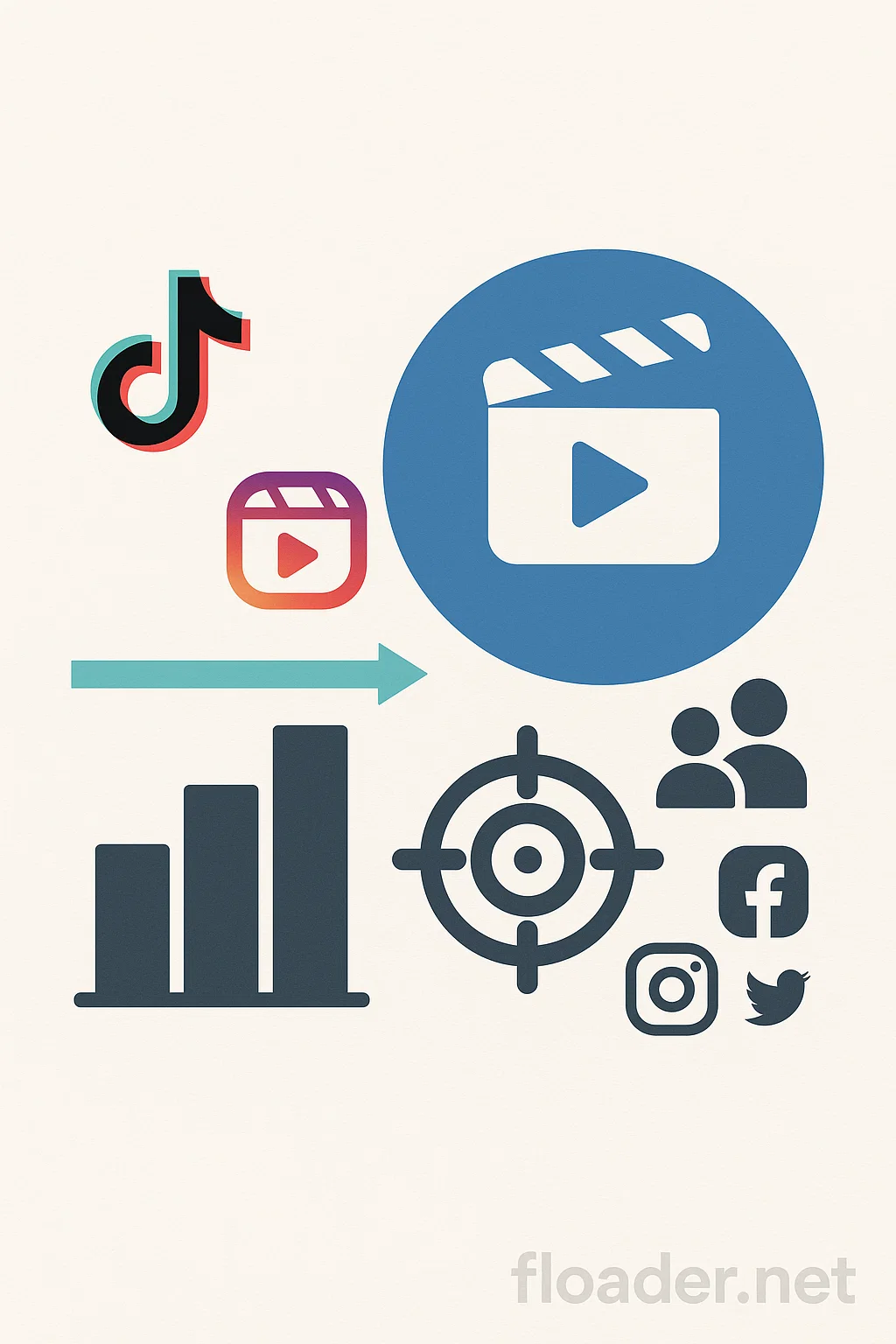
Within just a short space, Facebook Reel has succeeded in making itself as an established competitor in the short-form video space. Its strength lies not in displacing TikTok or Instagram Reels entirely. It tends to serve specific audience segments and use cases where Facebook's unique advantages, community integration, sophisticated targeting, and cross-platform reach continue to provide distinct value.

Claire Weston

Keep Learning
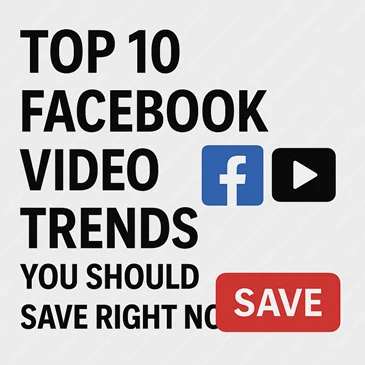
 Claire Weston
Claire Weston
Top Facebook Video Trends You Should Save Right Now
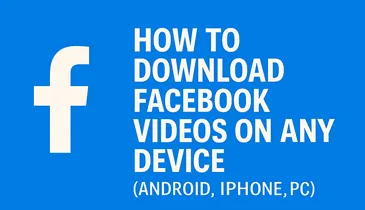
 Claire Weston
Claire Weston
How to Download Facebook Videos on Any Device (Android, iPhone, PC)
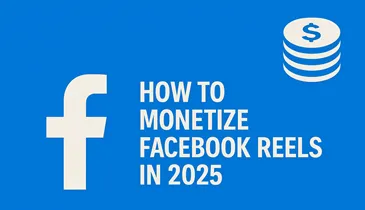
 Claire Weston
Claire Weston